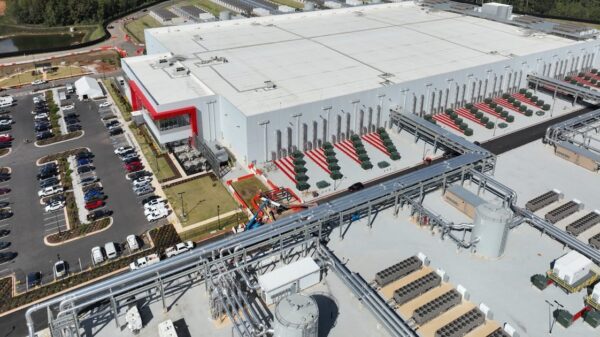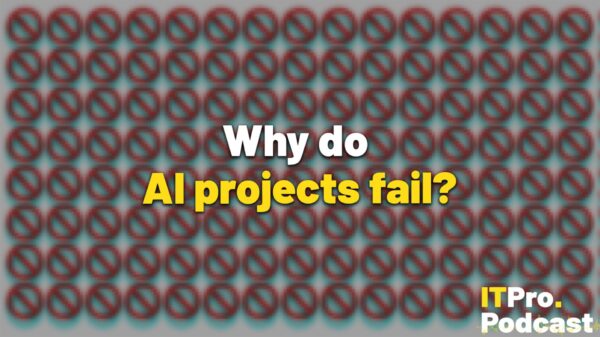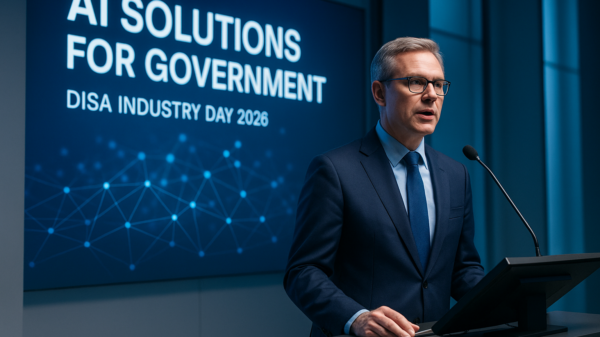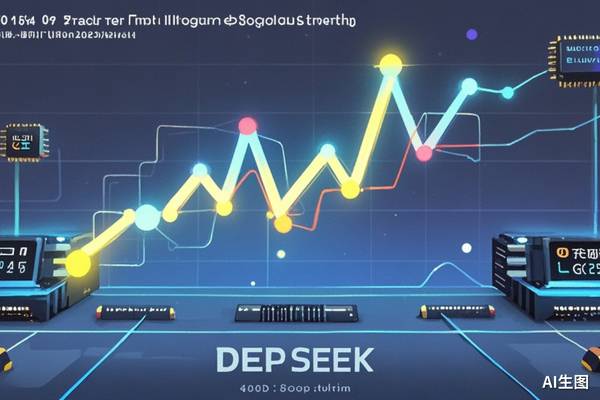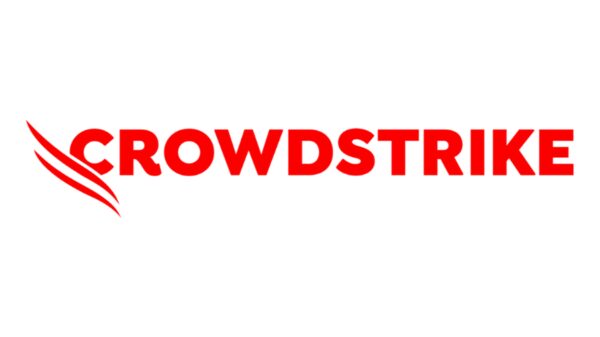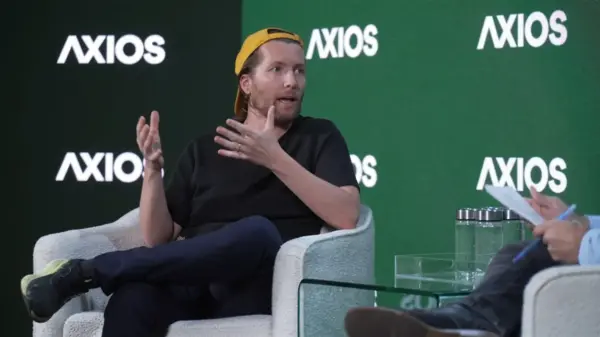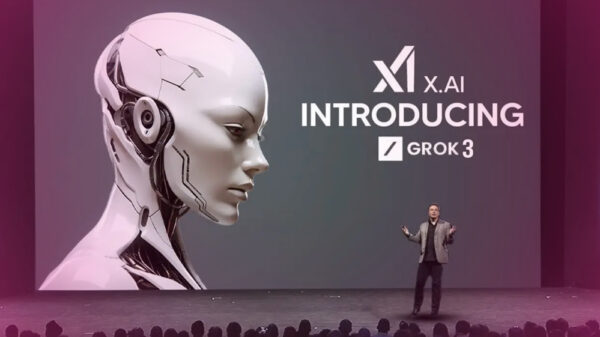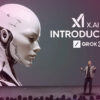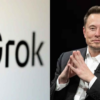Yesterday, DeepSeek unveiled a new code repository on GitHub named LPLB, short for Linear-Programming-Based Load Balancer. Despite the launch, it garnered surprisingly little attention—no tweets or updates from official accounts, and the project has yet to surpass 200 stars.
However, a deeper analysis reveals that LPLB is far from a trivial project. A user on X, identified as gm8xx8, suggested that the initiative aims to tackle the correctness and throughput bottlenecks in anticipation of the next version of DeepSeek’s model.
Understanding LPLB
The primary function of LPLB is to serve as a parallel load balancer that optimizes workload distribution in the Mixture of Experts (MoE) model through linear programming. It dynamically balances load by following three main procedures:
- Dynamic Reordering: Adjusting the order of experts based on workload statistics.
- Build Replicas: Creating replicas of experts in conjunction with a static topology.
- Solve for Optimal Allocation: Implementing an optimal token allocation scheme for each data batch.
The process of expert reordering is supported by the existing EPLB (Expert Parallel Load Balancer) framework. Workload statistics can be supplied by users, gathered through the torch.distributed library, or retrieved from Deep-EP’s internal communicator. The optimization aspect employs a built-in Linear Programming solver that integrates NVIDIA’s cuSolverDx and cuBLASDx libraries for enhanced linear algebra computations.
By addressing the uneven load distribution typically found in MoE setups, LPLB ensures that no single GPU is overwhelmed while others remain idle.
Comparative Analysis: EPLB vs. LPLB
While EPLB primarily tackles static imbalances—often resulting from long-term data distribution characteristics—LPLB focuses on dynamic fluctuations occurring during training. The two systems share some operational mechanisms but differ in focus and execution.
Key characteristics of LPLB include:
- Redundant Experts: Each replica is linked to an original expert, creating connections among GPUs.
- Edge Capacity: Defined as the number of tokens assigned to a redundant expert, which sets the maximum token flow for load balancing.
- LP Optimization: It solves linear programming problems to efficiently redistribute tokens while adhering to edge capacity limits, thus minimizing load imbalances within the expert parallel group.
Implementation and Challenges
The implementation process begins with selecting experts for replication via EPLB without immediate replication. Subsequently, heavily loaded experts are replicated according to the LPLB topology, optimizing synchronization of real-time workloads through NVLINK and NVSHMEM. This shift reduces communication overhead significantly.
However, LPLB is not without its limitations. It currently overlooks nonlinear computational costs, focusing solely on the total number of tokens, which may lead to suboptimal performance in certain scenarios. Additionally, the solver incurs a delay of about 100 µs for intra-node optimizations, which could be problematic for very small batch sizes. In extreme cases of global load imbalance, LPLB might even underperform compared to EPLB due to its strategy of avoiding multiple replicas for the same expert.
Future Prospects
Although LPLB is still in the early research stage—as noted in the project’s Readme file—its innovative use of linear programming aims to address the barrel effect often encountered in large model training, where performance is bottlenecked by the slowest GPU. By leveraging advanced mathematical tools and NVSHMEM technology, LPLB represents a promising approach for optimizing training in MoE architectures.
For practitioners involved in MoE architecture and training acceleration, LPLB is a noteworthy reference implementation. Developers interested in exploring this project can find installation and testing guidelines at the original repository: DeepSeek LPLB.
 AI in Academia: Balancing Benefits and Risks of Using Tools Like ChatGPT
AI in Academia: Balancing Benefits and Risks of Using Tools Like ChatGPT Perplexity AI Launches Comet Mobile Browser on Android, Challenging Google’s Chrome
Perplexity AI Launches Comet Mobile Browser on Android, Challenging Google’s Chrome OpenAI Partners with Foxconn to Design AI Data Center Hardware in the U.S.
OpenAI Partners with Foxconn to Design AI Data Center Hardware in the U.S. US Stock Markets Drop 1.5% Amid Ongoing AI Bubble Concerns and Inflation Jitters
US Stock Markets Drop 1.5% Amid Ongoing AI Bubble Concerns and Inflation Jitters


